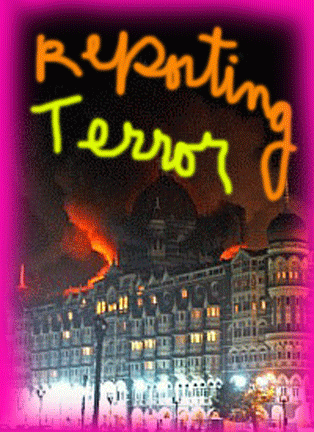While the cable television networks, radio and newspapers struggled to stay on top of the fast unfolding terrorist horror in Mumbai, the social networks suddenly came of age as second-by-second sources of reporting.
We first saw the phenomenon of the Twitter feed as reportig entity when it was used here in Los Angeles the weekend of the LA fires when #LAFIRE had constant street updates that far outpaced the networks for speed and often, frankly, for accuracy. Photographers also uploaded their photos to Flickr and bloggers typed in real time.
The way it works is that anyone posting to Twitter simply uses a code as part of their “tweet.” Thus, in addition to its conventional appearance in it’s usual place on Twitter, the post also appears on a central thread that is keyed to the subject at hand. In the case of the fires in LA County, the key was: #LAFIRE.
To contribute to the primary Twitter feed that exploded online in the hours after the blast at the Hotel Taj Mahal, one had to tag one’s tweets with: #mumbai.
And here is what those tags produced second by second, ahead of the news.
Wikipedia was also remarkable in its speed of evolving an accurate picture of what had happened, and continued to do so as the day wore on.
But the awful day belonged mostly to Twitter as citizen observers posted harrowing details from their cell phones second after second after second.
Yet, as more details true and false, spilled out, some of the conversaton on Twitter turned vicious and posters began to caution each other not to encite the terrorists who were suspected to be tracking he Twitter feed too.

